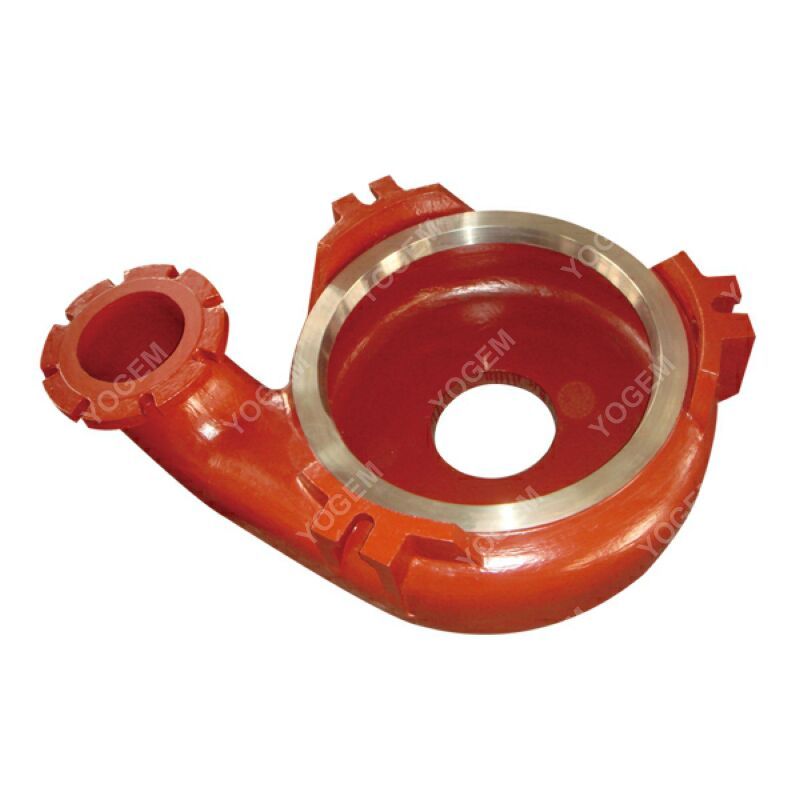Exploring Grey Cast Iron Sand Casting: A Comprehensive Guide
Mar. 19, 2024
Grey cast iron sand casting is a widely used method in manufacturing, known for its versatility and cost-effectiveness. In this guide, we delve into the intricacies of this process, exploring its applications, advantages, and key considerations.

Grey cast iron sand casting is a metalworking process wherein molten iron is poured into a mold made of sand. This mold is shaped according to the desired product, allowing for complex geometries and precise details.
The Sand Casting Process
In sand casting grey cast iron the process begins with the creation of a pattern—a replica of the desired product. This pattern is then placed in a flask filled with sand, leaving a cavity that matches the product's shape. Molten iron is poured into this cavity, and once solidified, the mold is broken to reveal the finished casting.
Applications of Grey Cast Iron Sand Casting
Grey cast iron sand casting finds applications across various industries, including automotive, aerospace, and construction. It is commonly used to manufacture engine blocks, cylinder heads, and other components requiring high strength and wear resistance.
Advantages of Grey Cast Iron Sand Casting
One of the primary advantages of grey cast iron sand casting is its cost-effectiveness, especially for large-scale production runs. Additionally, it offers excellent machinability, thermal conductivity, and damping properties, making it suitable for a wide range of applications.
Key Considerations
When opting for grey cast iron sand casting, several factors must be considered to ensure optimal results. These include:
Material Selection
Choosing the right type of grey cast iron is crucial, as it impacts the mechanical properties and performance of the final product. Factors such as carbon content, graphite morphology, and alloying elements should be taken into account.
Design Complexity
Grey cast iron sand casting allows for intricate designs and complex geometries. However, designers must carefully consider draft angles, fillets, and parting lines to facilitate mold release and minimize defects.
Surface Finish Requirements
The surface finish of grey cast iron castings can vary depending on the type of sand used and the casting process. Post-processing techniques such as shot blasting and grinding may be employed to achieve the desired surface texture.
Conclusion
Grey cast iron sand casting remains a cornerstone of modern manufacturing, offering unparalleled versatility and cost-effectiveness. By understanding its intricacies and key considerations, manufacturers can leverage this process to create high-quality castings for a wide range of applications.
182
0
0

Comments
All Comments (0)